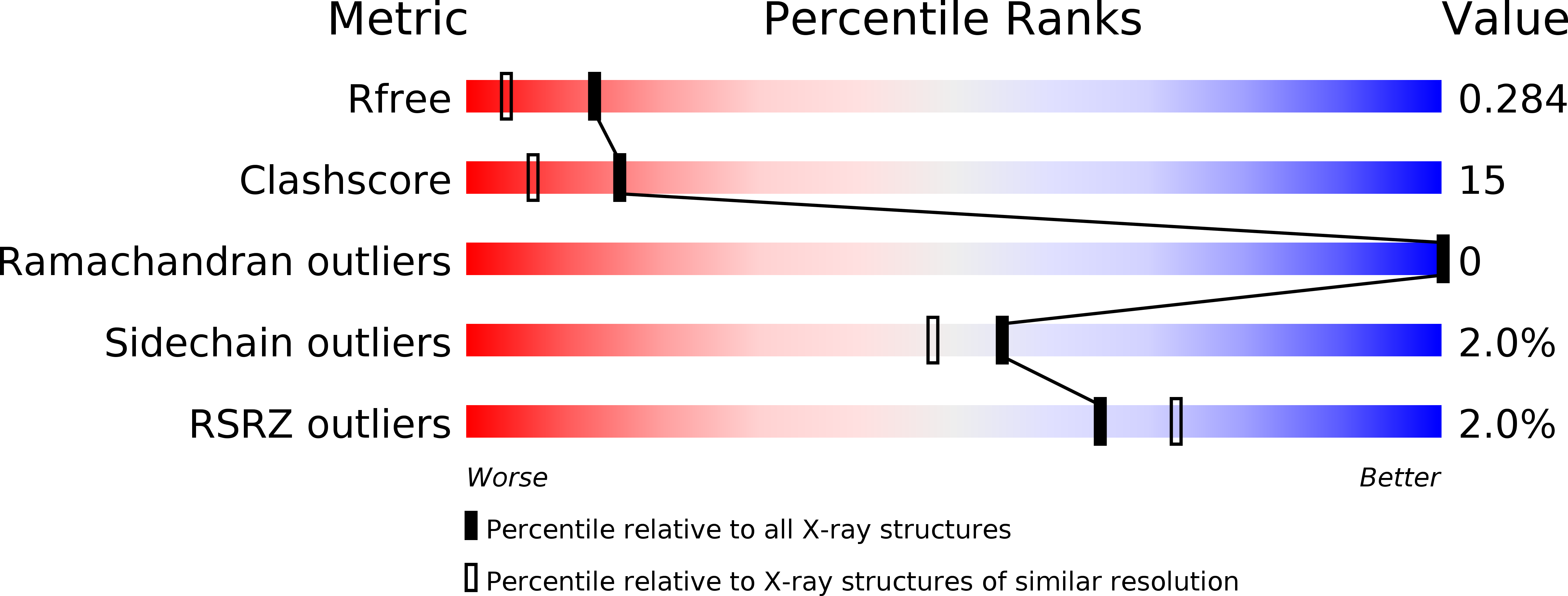
Deposition Date
2008-03-25
Release Date
2009-05-19
Last Version Date
2024-11-20
Entry Detail
PDB ID:
2VR3
Keywords:
Title:
Structural and Biochemical Characterization of Fibrinogen binding to ClfA from Staphylocccus aureus
Biological Source:
Source Organism:
STAPHYLOCOCCUS AUREUS (Taxon ID: 1280)
HOMO SAPIENS (Taxon ID: 9606)
HOMO SAPIENS (Taxon ID: 9606)
Host Organism:
Method Details:
Experimental Method:
Resolution:
1.95 Å
R-Value Free:
0.27
R-Value Work:
0.21
R-Value Observed:
0.21
Space Group:
P 1


